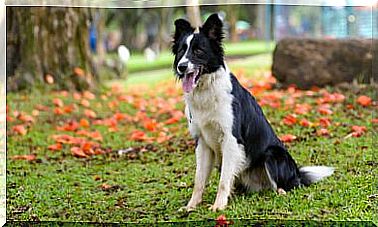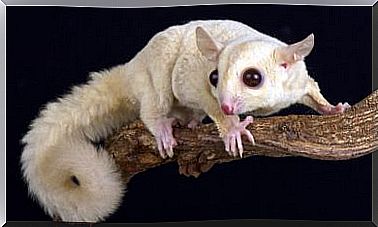What Is Veterinary Phytomedicine?
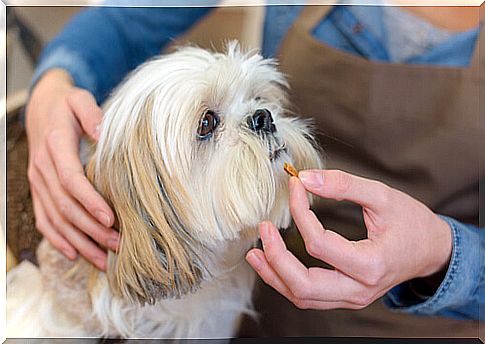
For decades man has used plants as a treatment for disease, a technique known as phytomedicine. Specifically, veterinary phytomedicine is precisely the application of this practice to the treatment of pathologies in animals.
Herbs are known for their myriad health benefits. And it is that since the primitive era man discovered in them the power they had to heal their wounds; as well as they also appreciated its qualities for the treatment of common diseases.
Even animals instinctively use plants to effect their body. A common and simple case, which you have surely been able to observe if you have a house with a garden, is that dogs eat a little grass or green grass (lawn) to purge themselves.
Although it is not yet very common , veterinary medicine is opening up to the application of phytomedicine, especially in the case of animals whose way of nourishing themselves is through natural food.
The area of experts in the animal world implements veterinary phytomedicine to treat diseases. In some cases it is applied to the treatment of simple wounds, but it is also beginning to be used for more complex pathologies, as a substitute for drugs.
It cannot be overlooked that specialists in this area define veterinary phytomedicine as a natural medicine that works for everything.
Origin of veterinary phytomedicine
In Eastern culture, especially, the use of healing herbs is very common, unlike a Western culture that is more open to medical treatments.
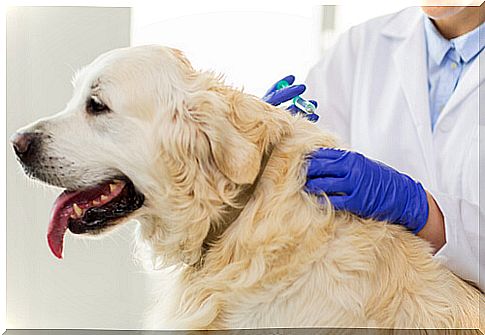
Aware of their benefits, man has studied plants for years, hence some active principles of Western medicine come from herbs. Such is the case of salicylic acid (from willow), atropine and scopolamine (which come from Belladonna), as well as silymarin (obtained from cardus marianus ).
Another key factor discovered by research is that the whole plant offers different healing properties. And it is that its benefits are not concentrated only in its leaves or branches, as some roots are also beneficial.
In the same way, in homeopathic medicine the use of the whole plant is common. For example, aloe vera from aloe vera is used as a healing agent, while the root of the popular ‘cat’s claw’ helps in anti-inflammatory processes.
It should be noted that veterinary phytomedicine is a relatively new practice. The hard work has started by raising awareness about the power of plants, for the benefits it brings to the animal’s body.
What are the advantages of veterinary phytomedicine
- It is less invasive for the body. When using veterinary phytomedicine, the animal’s body is not exposed to so many chemical components, which reduces toxicity.
In addition, side effects caused by medications or treatments are minimized, thus ruling out the risks of a medication.
- It offers diversity in the ways to supply. The herb can be supplied to the animal in many presentations: infusions, syrups and macerations are the most common.
Depending on the animal and its disposition, the specialist can find the most suitable way. Other presentations can be inhalations or tinctures.
- Dosage management. Veterinary phytomedicine allows the drug to be dosed according to the characteristics of the animal, but it also reviews the intake as the treatment progresses.
Another benefit is that, being herbs, they can be combined to achieve better effects. It does this without the risk of overdose or poisoning, which is not the case with all medications.
It should be pointed out that, in many cases, the combination of medicines can bring irreversible side effects to the body.
- Low cost and high availability. Veterinary phytomedicine is cheaper and, in addition, it can be accessed immediately, without having to go through so much medical protocol.
In this sense, we must not forget that for a good application, it is important to know the properties of each herb, as well as its benefits.
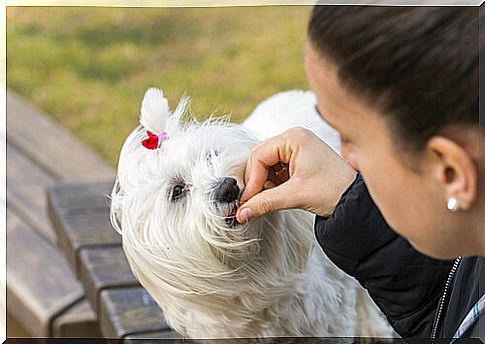
In the same way, it is advisable to find out about the most effective presentation of the plant. Some herbs are more useful if they are dehydrated beforehand, while others are preferable fresh.
In each region there are different plants with common medical benefits, so knowing the parity of the species helps to have options for medicinal treatments.
For a greater effect of veterinary phytomedicine, specialists in the area recommend natural feeding of the animal. This consists of substituting processed food for homemade food.
To conclude, it must be clarified that the benefits of both practices together favor the physical and emotional performance of the animal. In addition, its effects are perceived immediately.
